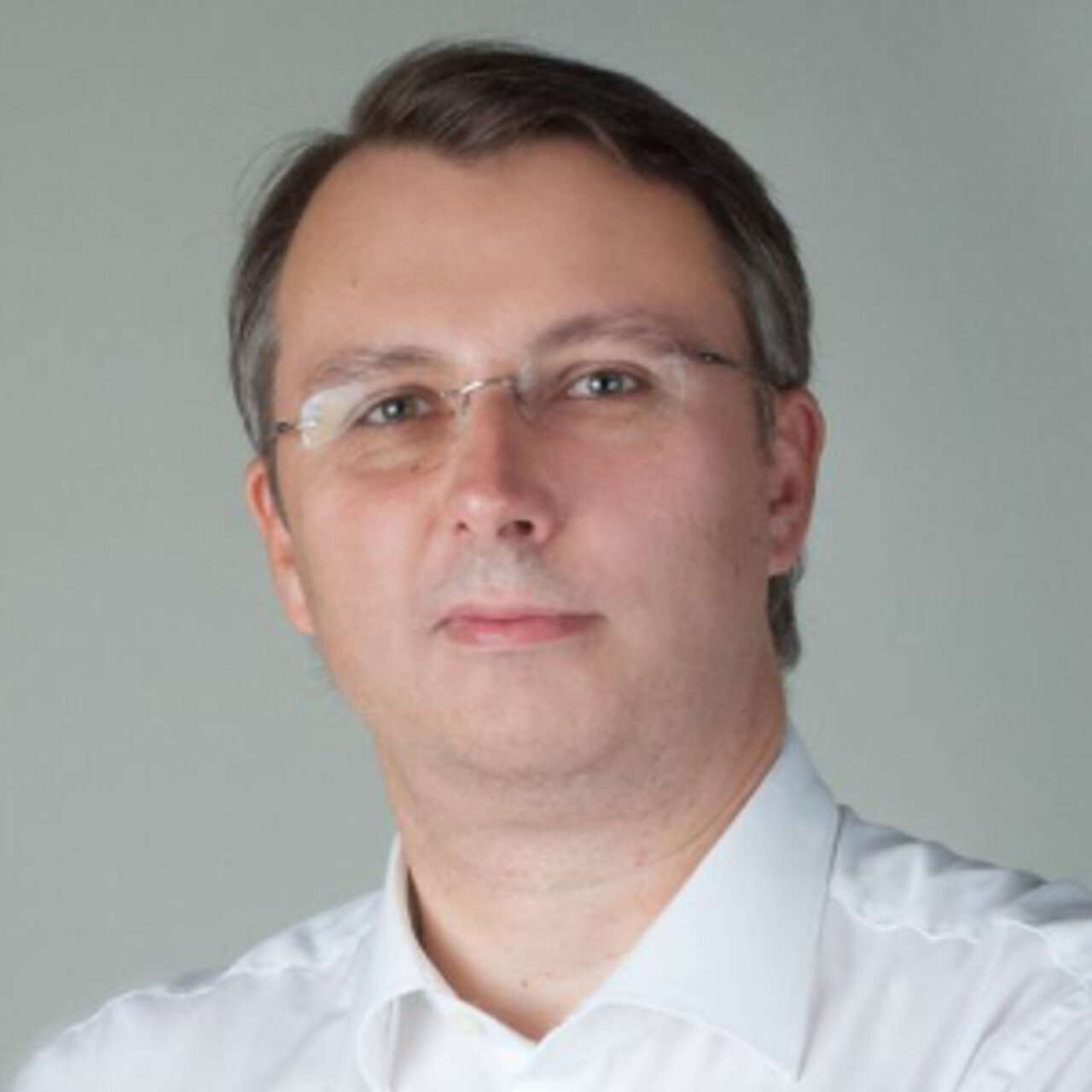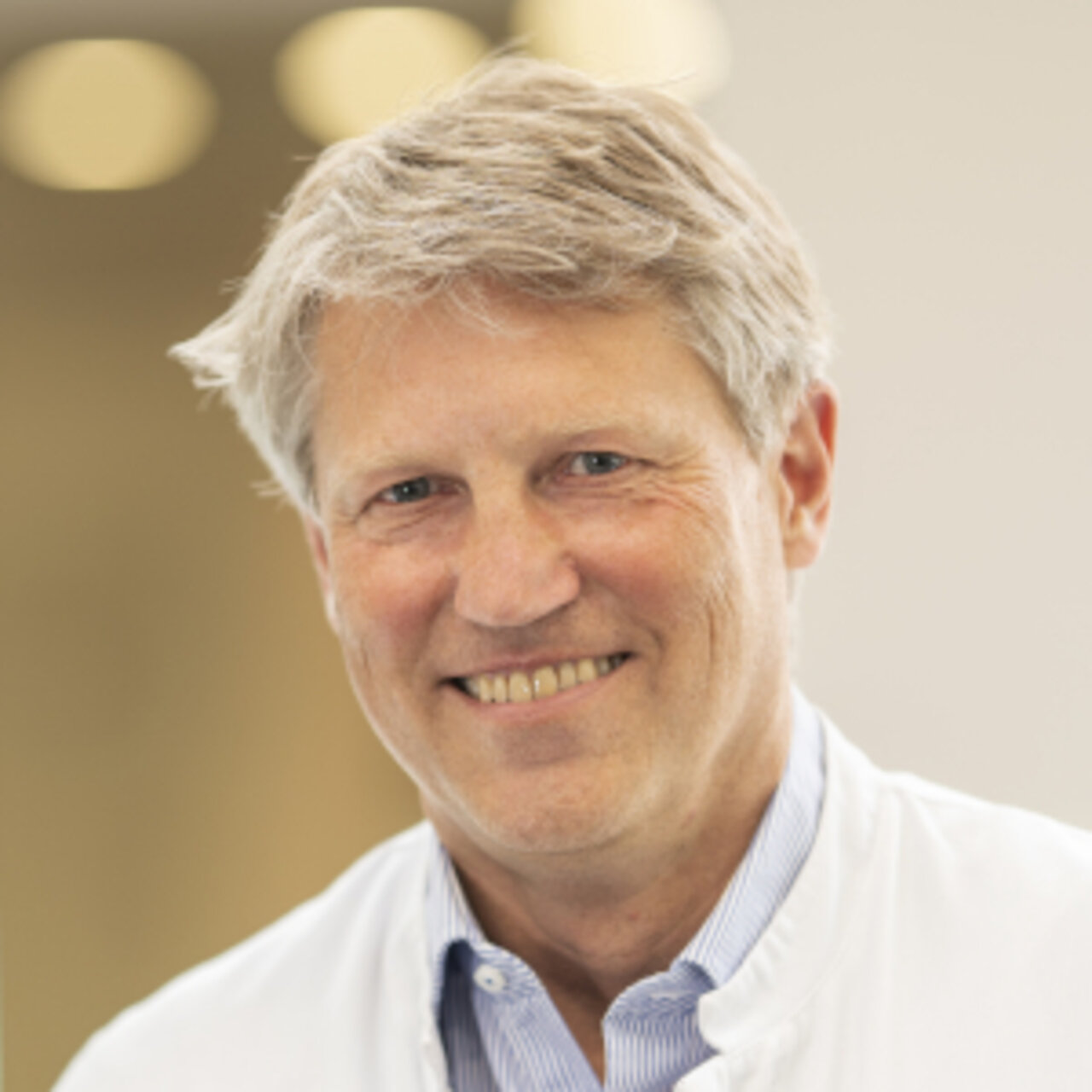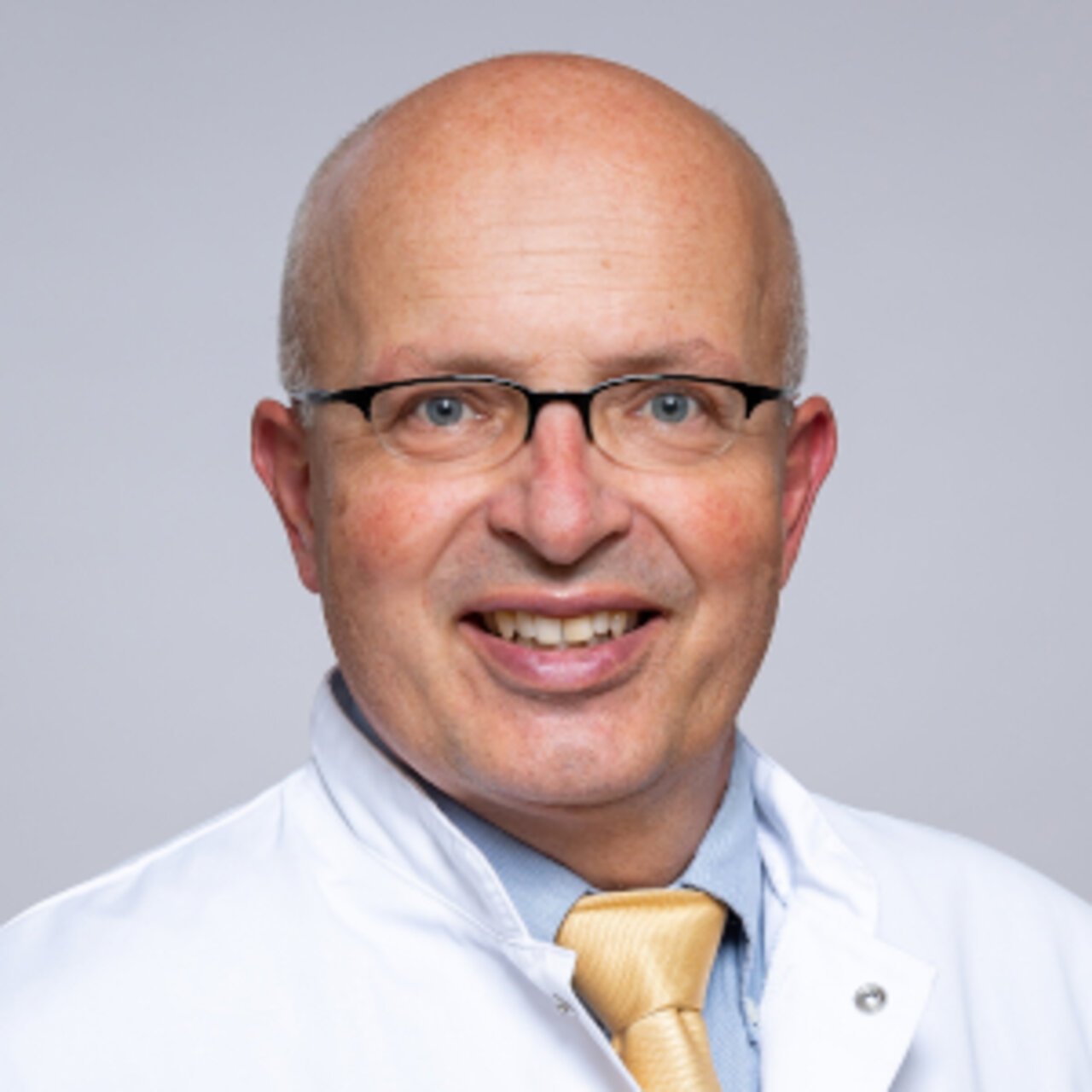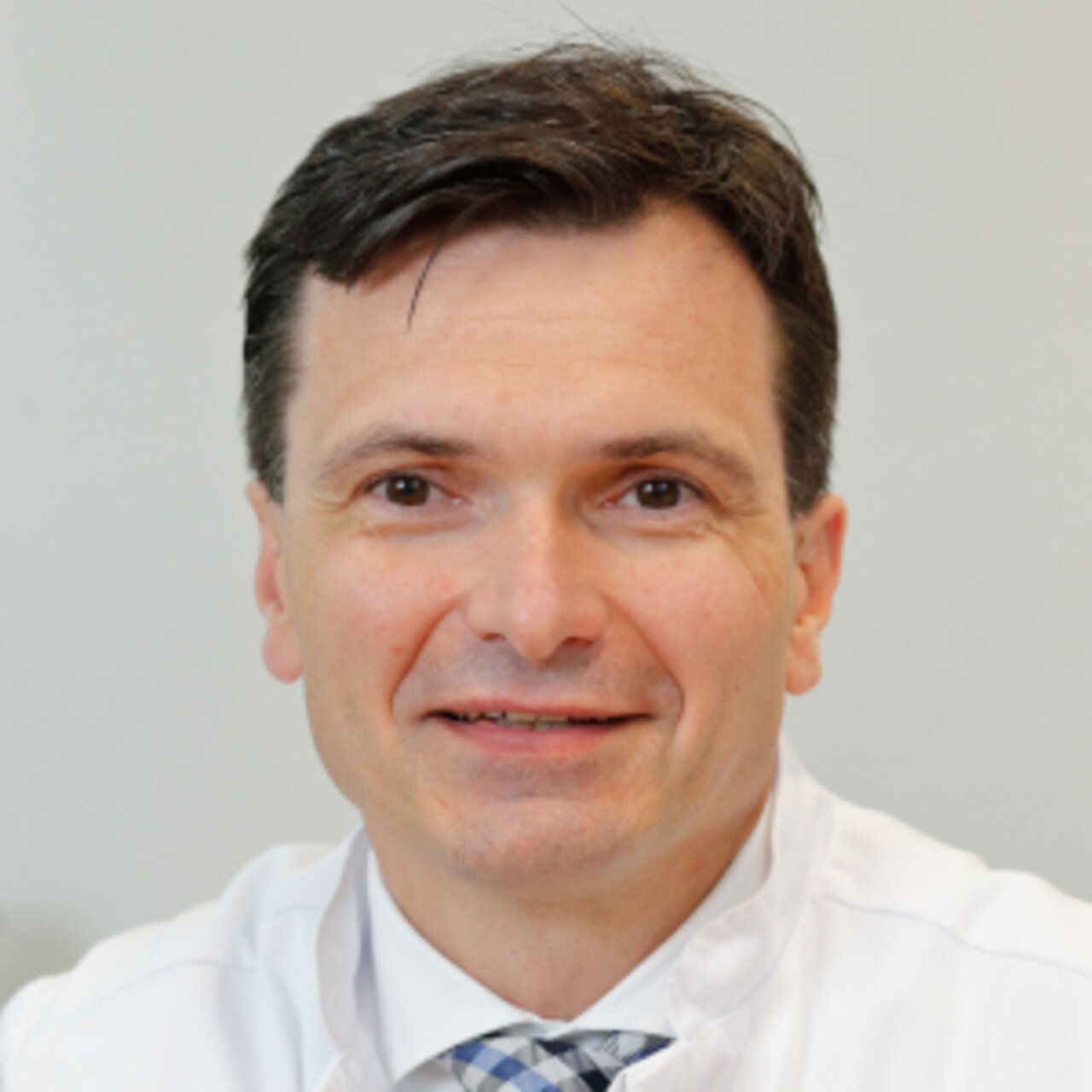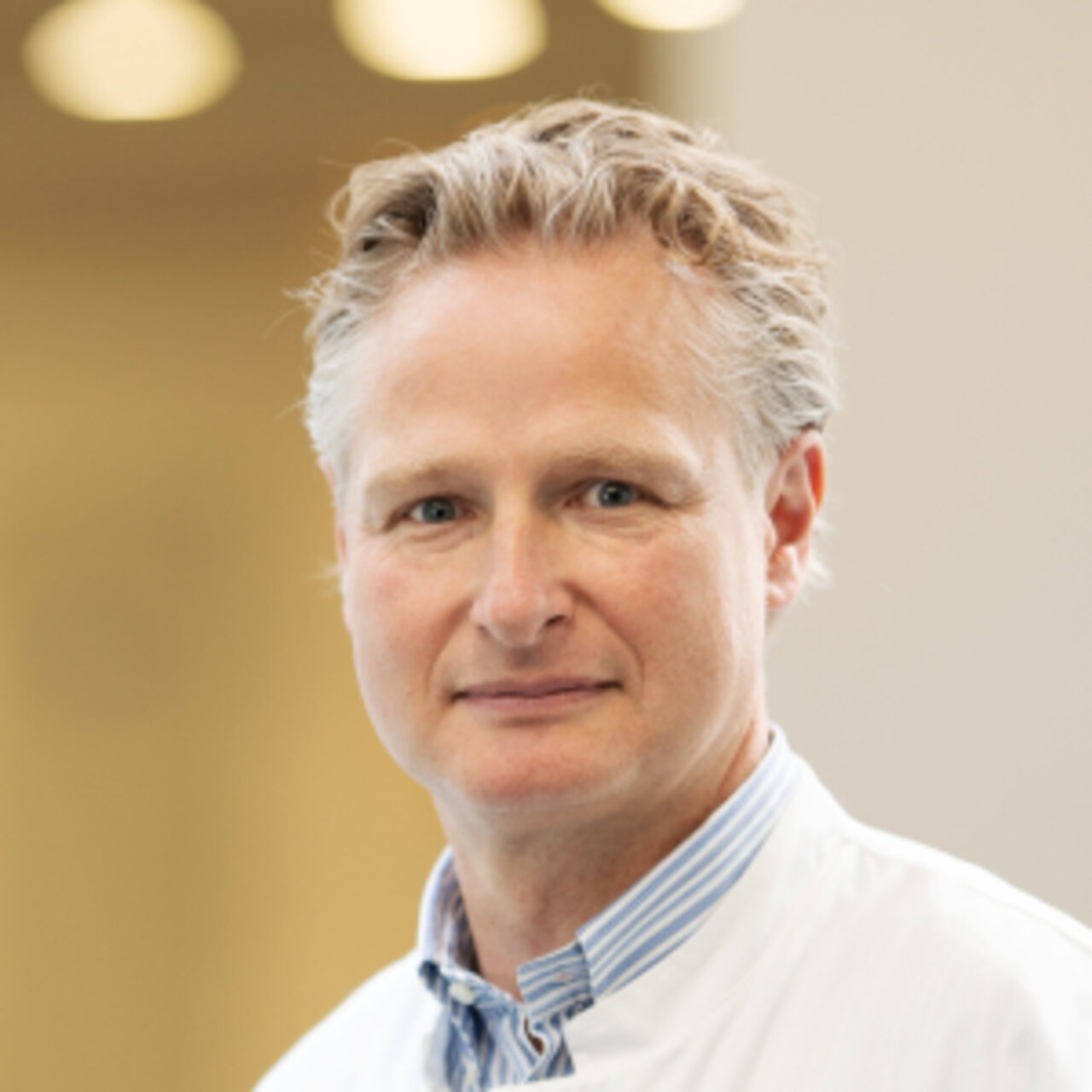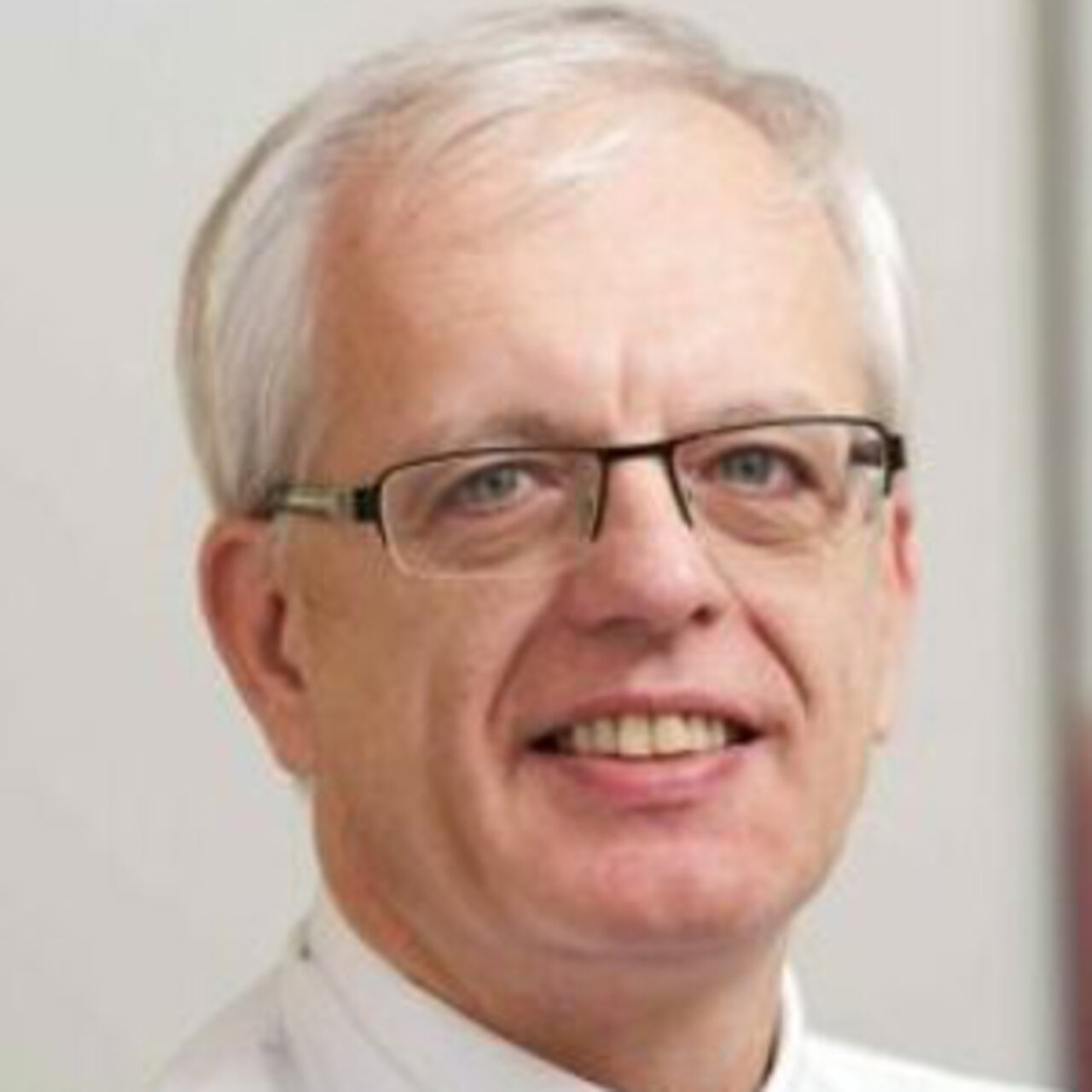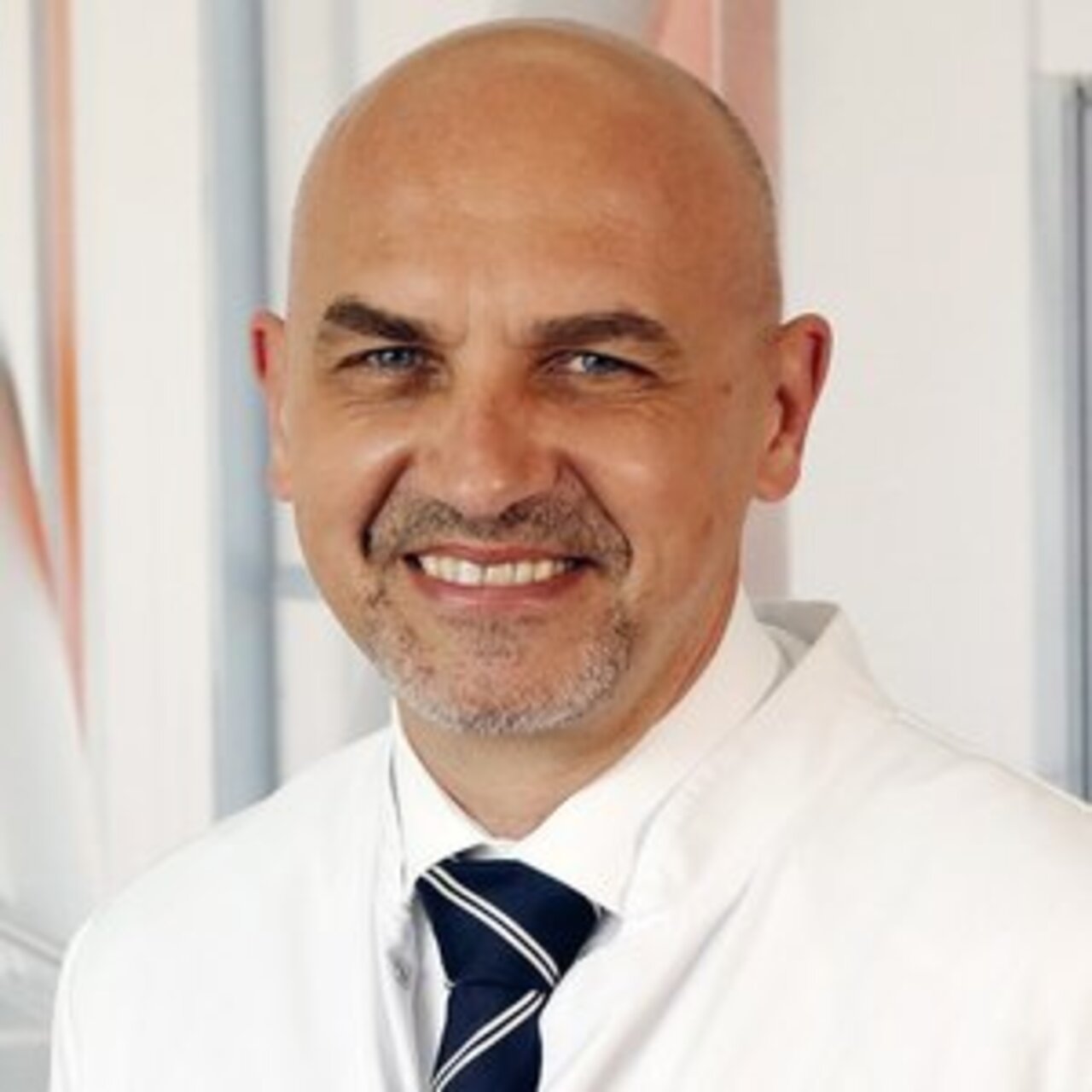Specialists in Aortic Surgery
8 Specialists found
Information About the Field of Aortic Surgery
What Is Aortic Surgery?
The aorta is the largest artery in the body. It arises directly from the heart and runs down into the abdomen as the thoracic aorta and then the abdominal aorta. The aorta releases many branches of blood vessels to the various parts of the body and organs along its course. The abdominal aorta separates into the two iliac arteries in the pelvis. In specific diseases of the aorta, surgery on this vessel is useful.
When Does Aortic Surgery Become Necessary?
There are diseases of the entire body that also affect the aorta and diseases of the aorta itself. Arteriosclerosis is a disease in which calcification and deposits can occur in the vessel wall in all body arteries. Persistently high blood pressure, diabetes mellitus, and increased blood lipids are favorable factors for arteriosclerosis. Since the aorta has a large lumen with a diameter of approx. 2.5-3.5cm in healthy individuals, vasoconstrictions caused by arteriosclerosis are less problematic than in smaller arteries, such as those in the heart or brain. If deposits obstruct vessels branching from the aorta, a lack of blood behind this constriction results in the tissue and thus a lack of oxygen. This is an acute situation that must be remedied as quickly as possible; otherwise, the affected tissue is in danger of dying.
However, arteriosclerosis can also lead to a widening or bulging of certain sections of the aorta. These so-called aneurysms (plural, singular: aneurysm) can rupture above a certain size and lead to rapid blood loss with a fatal outcome. The annual risk of such a rupture increases with the diameter of the aneurysm. Mainly older adults and smokers, and people with this diagnosis among their relatives have an increased risk of aortic aneurysm. In rare cases, congenital weakness of the connective tissue or chronic inflammation of the blood vessels is the cause. An aortic aneurysm can be diagnosed by vascular ultrasound.
Not all aortic aneurysms require immediate surgery. In affected individuals who do not feel symptoms and meet certain conditions, close follow-up may be sufficient. Surgical treatment is necessary for rupture, and all symptomatic and asymptomatic individuals when the diameter has exceeded a certain value (more than 5.5cm in men and more than 5.0cm in women) or the diameter increase has exceeded a specific value per year (more than 0.5cm in the thoracic aorta and more than 1.0cm in the abdominal aorta). In order not to miss the time of surgery, regular ultrasound checks should be carried out. The interval between these checks depends on the diameter of the aorta.
What Are the Surgical Methods in Aortic Surgery?
In principle, there are two different methods: open surgery and endovascular aortic repair (EVAR). In the case of an intact abdominal aneurysm, both treatment methods are equivalent. For EVAR, certain anatomical conditions must be met. In a ruptured aneurysm, EVAR is preferred.
In open surgery on an abdominal aortic aneurysm, the abdominal aorta is exposed through an incision in the abdomen or flank. The diseased section of the vessel is then replaced with a prosthesis. Depending on the height of the aneurysm, a tubular prosthesis or a Y-prosthesis is implanted. Open surgery on a thoracic aortic aneurysm, which involves the branches of the cerebral arteries, requires the use of a heart-lung machine, which supplies oxygenated blood to the brain. At the same time, the rest of the body is placed in circulatory arrest for the period of surgery. The surgical procedure is otherwise like that for abdominal aortic aneurysm. Open surgery is carried out under general anesthesia.
EVAR is used for abdominal aortic aneurysm and thoracic aortic aneurysm via a catheter-based procedure. A wire with a folded threaded prosthesis is inserted through the inguinal artery and advanced to the diseased aortic segment. Here, the prosthesis is deployed and anchored by a built-in balloon that inflates. This procedure is supported and monitored by X-ray imaging. EVAR can be performed under local anesthesia. If the patient wishes, additional sedation (half-sleep) can also be used.
How Long Is the Procedure of Aortic Surgery?
Before the procedure, the exact location and extent of the aneurysm are determined by imaging studies. Likewise, a general assessment of all major arteries in the body is carried out, as these may need to be treated first if extensive calcifications are noticed. Otherwise, there is a risk of heart attack or stroke during or after surgery. Further preparation includes, among others, checking heart, kidney, and lung function. Hospitalization usually begins one day before the surgery date. The surgery takes about two to four hours.
What Are the Chances of Survival from Aortic Surgery?
Open aortic surgery with the use of the heart-lung machine carries significant risk. The risk also depends on the patient's general condition, i.e., age, constitution, and previous illnesses. After the surgery, several days of monitoring in an intensive care unit or intermediate care unit are necessary. Compared to open surgery, endovascular procedures have a lower risk. In addition to the general risks of surgery, e.g., bleeding, infection, thrombosis, and wound healing problems, there may be insufficient supply to organs. The chances of survival are significantly worse in emergency surgery in the case of rupture than in planned surgery. There may be up to 40% mortality during and after emergency surgery. Mortality for open surgery is 5.2% and for EVAR 1.6%.
Life After Aortic Surgery - Life Expectancy and Prognosis
After open surgery, lifting heavyweight is not permitted for the initial two months to prevent scar herniation. Checkups by ultrasound and computed tomography (CT) are recommended. After a few days on a ward with intensive monitoring, the patient is transferred to a general ward depending on his condition, and finally, after mobilization and dietary rehabilitation, to his home. After open surgery, patients stay in the hospital for an average of 9.5 days, compared with 3.5 days after endovascular surgery. The first checkup after an EVAR is carried out after 30 days, followed by further regular checkups. During the checkups, examinations are performed using ultrasound, X-ray imaging, and computed tomography. During these examinations, the correct fit of the prosthesis is checked, and the possible spread of the aneurysm around the prosthesis or leakage from the prosthesis edges.
Emergency surgery has a much worse prognosis than surgery before rupture. Prognosis after surgery depends on the patient's condition and the location and size of the aneurysm. Late complications occur slightly more often after EVAR than after open surgery (25.1% vs. 20.6%). Even after surgery, risk factors for aneurysm spread or the development of new outgrowths must be reduced, which means optimal control of blood pressure, blood lipids, and blood glucose levels. In addition, a balanced diet and regular moderate physical activity are helpful. Weight loss and stop smoking can be achieved with the support of expert-led programs.
Which Doctors and Clinics Are Specialized in Aortic Treatment?
Every patient who needs a doctor wants the best medical care. Therefore, the patient is wondering where to find the best clinic for aortic surgery. As this question cannot be answered objectively and a reliable doctor would never claim to be the best one, we can only rely on the doctor's experience.
Specialists in vascular and cardiac surgeons are specialists in aortic surgery. In cooperation with general practitioners, radiologists, and anesthesiologists, each patient receives individual interdisciplinary treatment according to their needs.
We will help you find an expert for your condition. All listed physicians and clinics have been reviewed by us for their outstanding specialization in aortic surgery and are awaiting your inquiry or treatment request.
Sources:
- Herold et al.: Innere Medizin. Eigenverlag 2012, ISBN: 978-3-981-46602-7.
- Müller: Chirurgie (2014/15). 11. Auflage Medizinische Verlags- und Informationsdienste 2011, ISBN: 3-929-85110-5.
- Dietel et al.: Harrisons Innere Medizin (2 Bände). 16. Auflage ABW Wissenschaftsverlagsgesellschaft 2005, ISBN: 978-3-936-07229-7.
- Hahn: Checkliste Innere Medizin. 6. Auflage Thieme 2010, ISBN: 978-3-131-07246-7.
- Hirner, Weise (Hrsg.): Chirurgie. 2. Auflage Thieme 2008, ISBN: 978-3-131-30842-9.
- Ludwig et al.: Gefäßmedizin in Klinik und Praxis. Thieme 2010, ISBN: 978-3-131-60372-2
- Akin, Nienaber: Das Akute Aortensyndrom. In: Der Klinikarzt. Band: 46, Nummer: 06, 2017, doi: 10.1055/s-0043-112160.
- Schermerhorn ML et al. Long-Term Outcomes of Abdominal Aortic Aneurysm in the Medicare Population. N Engl J Med. 2015;373(4):328-38

